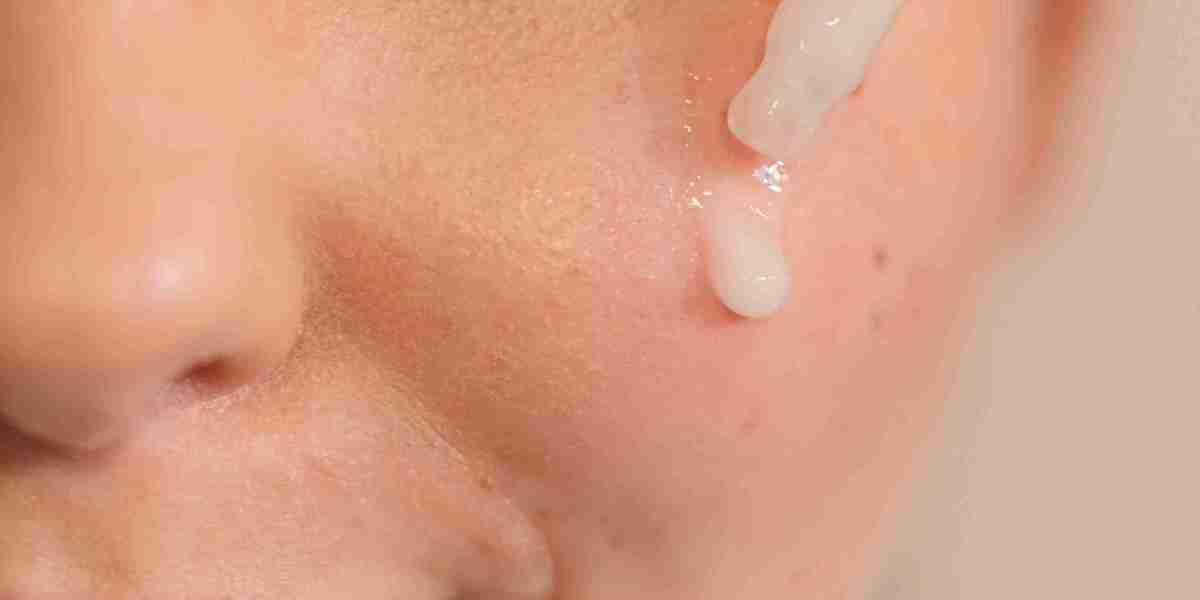The caffeine eye serum market has experienced significant growth in recent years, driven by consumer demand for products that promise to reduce puffiness, dark circles, and signs of fatigue around the eyes. However, despite its expansion, the market faces several challenges that could impact its future trajectory.
1. High Production Costs
Manufacturing caffeine-infused eye serums often involves premium ingredients such as hyaluronic acid, peptides, and botanical extracts. These components are not only costly but also require advanced formulation techniques to ensure efficacy and stability. The high production costs can result in retail prices that may deter price-sensitive consumers, limiting the product's accessibility and market penetration.
2. Consumer Skepticism and Lack of Scientific Validation
While caffeine is widely recognized for its stimulating properties, its effectiveness in topical skincare applications, particularly around the delicate eye area, lacks extensive clinical validation. Many studies are either preliminary or have small sample sizes, leading to skepticism among consumers and retailers about the tangible benefits of caffeine eye serums. This uncertainty can hinder consumer confidence and slow market adoption.
3. Regulatory Challenges and Misleading Claims
The cosmetic industry often operates with less stringent regulations compared to pharmaceuticals, allowing for marketing claims that may not be substantiated by robust scientific evidence. Some brands may exaggerate the anti-aging or skin-rejuvenating benefits of their products, leading to consumer distrust when results do not align with expectations. The lack of effective monitoring and inconsistent regulations across different regions exacerbate this issue, further complicating the market landscape.
4. Competition from Established Brands
The skincare market is highly competitive, with numerous well-established brands offering a wide range of eye care products. New entrants focusing on caffeine-based formulations may struggle to differentiate themselves and compete with these trusted names. Additionally, the high cost of quality coffee extracts and formulations can lead to higher product prices, potentially limiting the adoption of coffee-infused beauty products among consumers.
5. Skin Sensitivities and Irritation
While caffeine is generally considered safe for topical use, some individuals may experience skin sensitivity or irritation, especially when using products with high concentrations of caffeine. This can limit the appeal of caffeine-infused beauty products to those with sensitive skin or certain skin conditions, posing a challenge for brands aiming to cater to a broad consumer base.
6. Supply Chain and Ingredient Sourcing Issues
The demand for organic and sustainably sourced ingredients can lead to supply chain complexities and potential shortages. Ensuring a consistent supply of high-quality caffeine extracts, particularly from natural sources like coffee beans, can be challenging. Fluctuations in raw material prices and sourcing issues may pose a challenge for manufacturers aiming to maintain product quality while managing costs.
7. Technological Limitations in Product Delivery
Advancements in skincare technology, such as nanotechnology, aim to enhance the absorption of active ingredients like caffeine into the skin. However, the manufacturing of nanotechnology cosmetics is confronted with challenges like low absorption capacity and the need for precise delivery systems to ensure efficacy. Overcoming these technological hurdles is crucial for the development of effective caffeine eye serums.
8. Environmental and Sustainability Concerns
Consumers are increasingly prioritizing sustainability, leading brands to focus on eco-friendly packaging and ethically sourced ingredients. However, integrating sustainable practices can increase production costs and complicate the supply chain. Brands must balance environmental considerations with economic feasibility to meet consumer expectations without compromising profitability.
Conclusion
The caffeine eye serum market holds promise due to its potential benefits and growing consumer interest in natural skincare solutions. However, addressing the challenges of high production costs, consumer skepticism, regulatory inconsistencies, intense competition, skin sensitivities, supply chain complexities, technological limitations, and sustainability concerns is essential for sustained growth. Brands that can navigate these obstacles through innovation, transparency, and consumer education are more likely to succeed in this competitive and evolving market.




